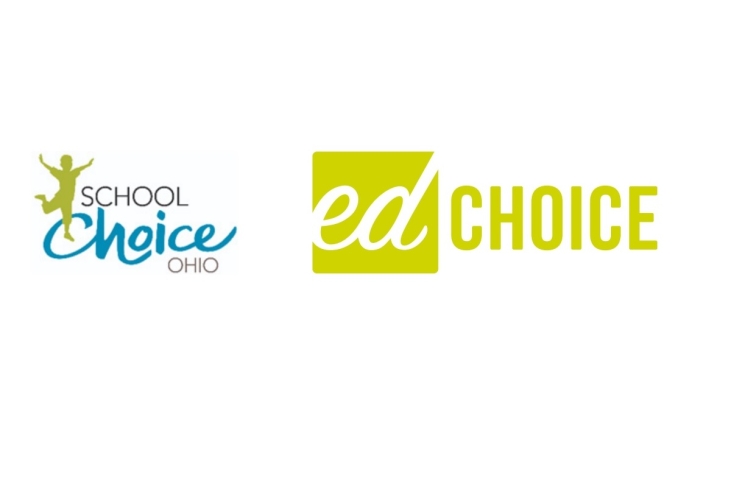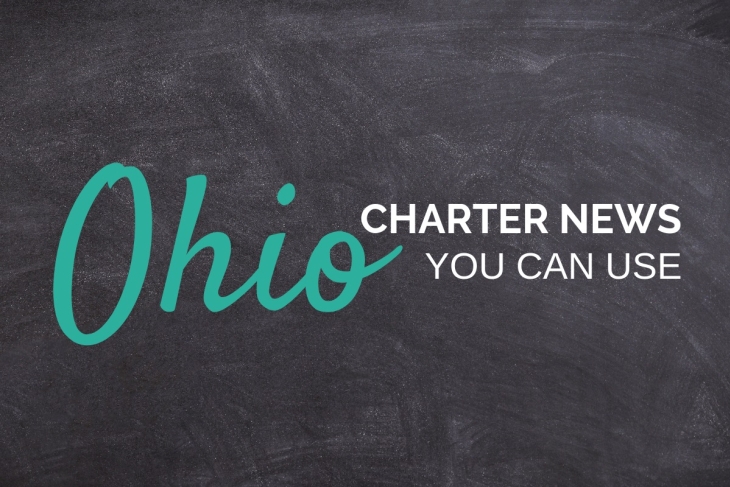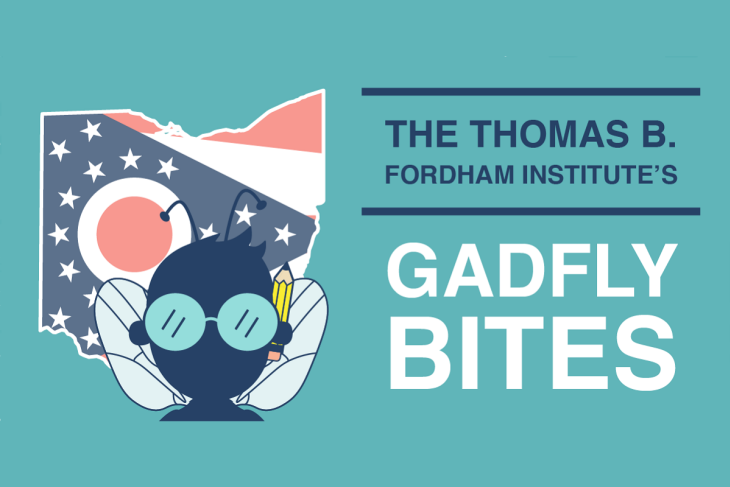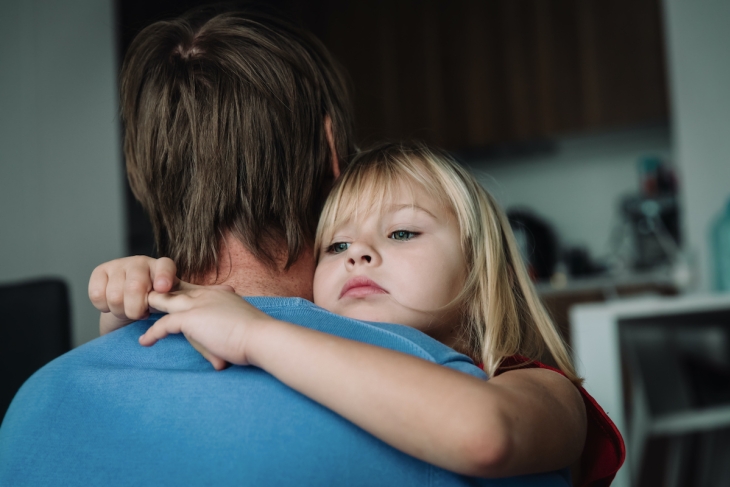Less than three weeks into nationwide school closures because of COVID-19, two narratives have emerged about the role of philanthropy in supporting students through the crisis. The first is the distance-learning narrative and the second is the basic-needs narrative. Most often, they exist as separate entities in our conversations and how we make sense of the world. Together, they tell a story of widening equity gaps. The way philanthropic investments benefit schools with large numbers of students from low-income families in this moment is fundamentally different from how it is benefitting schools in affluent areas.
As we brace for an extended economic downturn, America will face uncomfortable questions about where we put education funds, likely with fewer total dollars available. Philanthropy has a role to play in ensuring we gather critical information on both narratives during the crisis to ensure that when the recovery comes, education is provided equitably to all. A unified education agenda that places the needs of our most vulnerable students at the center depends on merging the lessons of these two distinct narratives.
The distance-learning narrative
Philanthropy is largely responsible for supporting innovation in distance learning that now benefits many students. Students in homes with families that are middle class or affluent have a lifeline to academic growth and social connection. Districts, now compelled to embrace online tools and platforms, had previously been equivocal about how big a role technology could or should play in schooling, and uneven in its use. Tens of millions of students are now participating in an unplanned experiment. As the parent of three public-school teenagers, I hear the potential of remote learning in each dinner conversation, but also get clearer on its limitations.
What can philanthropy do now? Even as grantmakers tackle more dire aspects of the crisis, we must also invest in research into what works and what does not in virtual education. Are there certain subjects, age groups, or group sizes that work better in an online format? Are there skills that are prerequisites to success? Are there topics and populations that we can rule out as most incompatible with a remote approach? Which tools scale and are cost-effective for districts? While deep, in-person relationships with teachers will always be paramount in the learning process, that should not inhibit us from asking questions that can modernize the school experience.
The basic-needs narrative
For millions of American students, distance learning is all distance and no learning. Lack of access to devices, internet plans, and even broadband infrastructure create interlocking obstacles that even the most motivated student cannot overcome alone. More important, connectivity to the online world is the just the tip of the iceberg of need for students living in poverty.
Schools serve a fundamentally different and larger purpose in high-poverty neighborhoods. In the era of the shrinking social safety net, schools are a primary source of food, shelter, medical care, psychological services, and physical safety for many youth. They serve an essential translation and information function for families. School closures shine a light on this reality and allow us to grapple with the actual costs associated with meeting these nonacademic needs.
Supporting students’ basic needs was an area of growing investments by foundations before the crisis and has been the overwhelming focus of the past few weeks. This response is mission critical and needs to continue. Lives are at stake.
What (else) can philanthropy do now? While distributing funds generously and flexibly in this moment is the first priority, tracking how dollars are spent will matter in the near future. There is fierce debate over how to incorporate student poverty into district and state budgets. Grant makers may soon be in a unique position to weigh in on this foundational question. Tracking all donations that foundations make to meet “student basic needs” and understanding the variety of ways dollars get used is the next step.
How to ensure equity
Before the crisis, districts that serve the largest populations of low-income students in the country received 7 percent (or $1,000) per pupil less than districts serving the fewest low-income students. Districts that serve the largest populations of black, Latino, and American Indian students received 13 percent (or $1,800) per pupil less than districts serving the least racially diverse students. This inequity cannot continue in our post-crisis world. What we learn now will be instrumental in making that case.
If philanthropy can work together now, we will soon have critical information on two interrelated questions that can guide education policy and budgeting in the coming era:
- How can we better estimate the real costs of meeting the needs of students in poverty?
- What are the most promising ways technology can play a role in reducing school costs without sacrificing quality?
The current moment is devastating for so many. Those of us who are able must lay the groundwork for a more just society when we emerge from this crisis. That’s why the narrative of distance learning and the narrative of basic needs must converge. The new narrative must be of one education system that is creative with the resources it has to ensure more go to those who have the least.
Editor’s note: This article was first published by The Chronicle of Philanthropy.









